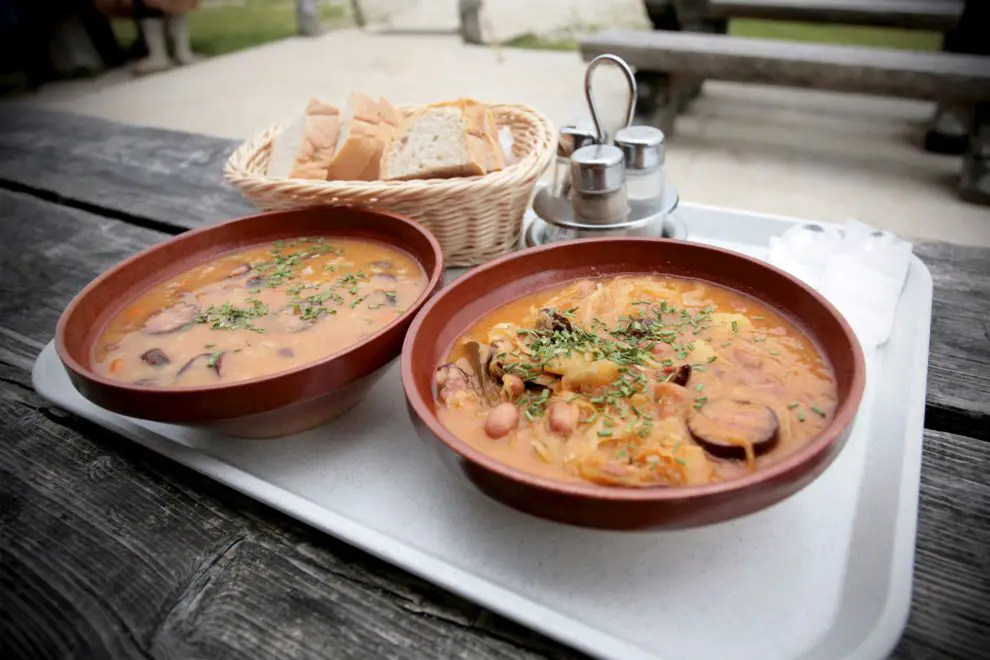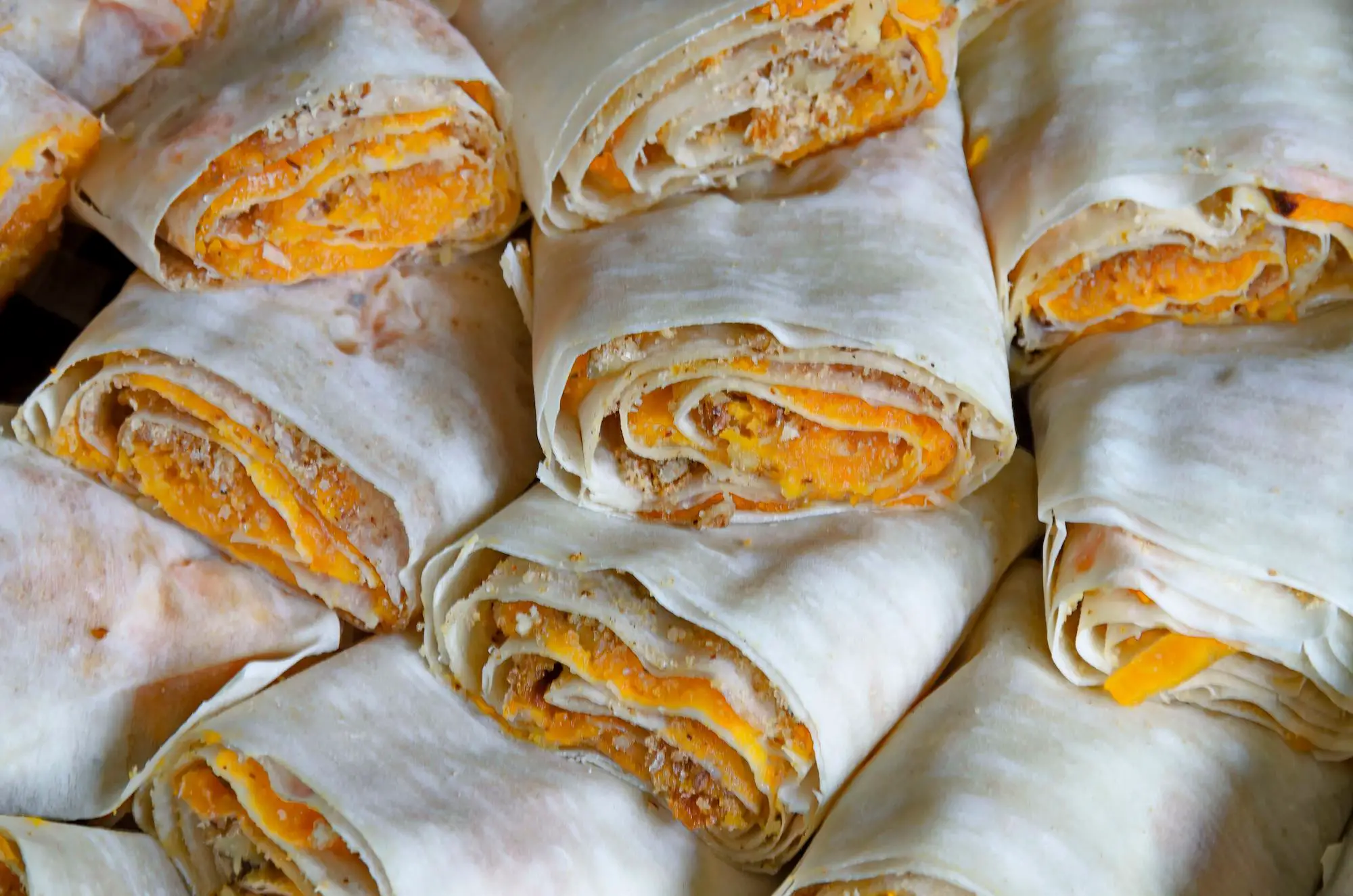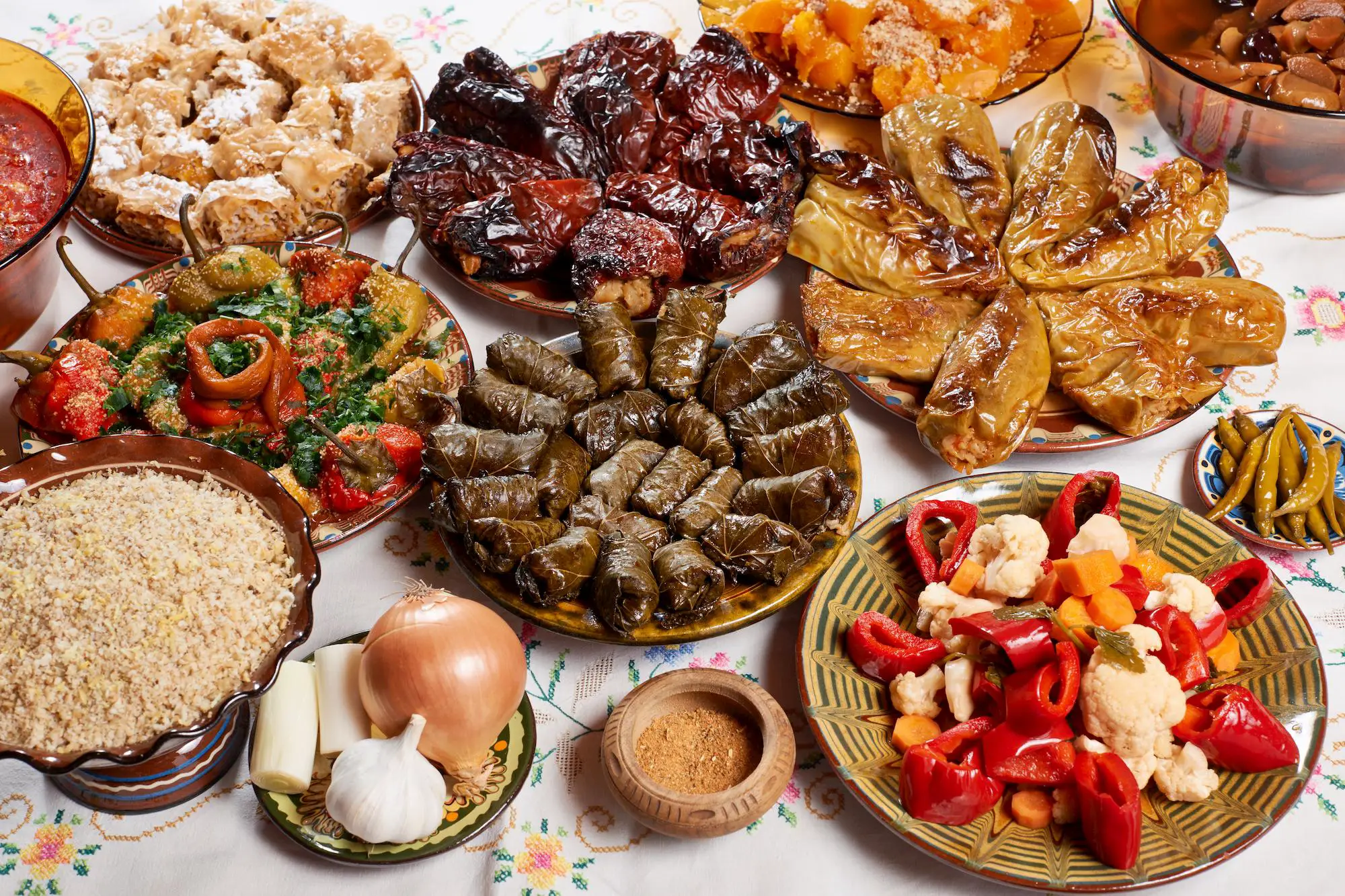Slovenia is a country positioned amidst the Alpine, Mediterranean and Pannonian culture which makes it a perfect ground for a rich and authentic cuisine. Slovenia’s neighboring countries are Italy, Austria, Hungary, and Croatia. half of the territory of this country is covered with forests and lush plant life.
According to the latest census, Slovenia’s population is just over two million but despite this relatively small number of inhabitants and territory, Slovenia is still a place full of versatility that can be noticed in the country’s geographic configuration, temperature, humidity, and winds as well as the abundance of natural resources.
The geographic position and socially- historical development have brought specific cultural forms and lifestyles in the area of the Republic of Slovenia. All this has been imprinted in the gastronomy of this country- old recipes, new influences, domestic agricultural products as well as rising industries.
The authenticity and the ‘au naturel’ are the crucial epithets of the Slovenian cuisine: juicy vegetables, pies, dumplings, desserts filled with nuts and fruits as well as hearty meat preparations and delicious cheese…
When talking about a genuine Slovenian cuisine, it is almost impossible to avoid mentioning the great influence of the surrounding geographic diversity, the natural resources, and the cultural variegation of this country’s neighbors (Austria, Italy, Hungary, and Croatia). Therefore, the offer found on menus of the Alpine region will be quite different from the one in restaurants by the coast.
The “soul” of Slovenian cuisine is made of refined Mediterranean dishes, fish specialties, dry meats, exquisitely healthy buckwheat porridge, and dumpling varieties as well as mouthwatering layered pastries. A portion of zesty comfort food full of nutritious ingredients and often paired with a glass of high- quality wine or aperitif.
In 1995, the so-called “slow food” movement began in Slovenia and it was immensely supported by local pubs and restaurants which proudly presented and offered domestic products from the regions.
Slovenian restaurants in bigger cities offer a wide range of food choices since more and more people eat out due to their fast-living tempo and affordable prices on restaurant menus. The rural areas, on the other hand, offer traditional preparation of recipes that are made the way “old folks used to do it”.
Table of Contents
1. Shtajersko Prekmursko Buchno Olje
This pumpkin seed oil is a luxurious product of Slovenia that originates from Prekumurje and Shtajerska. These regions are nestled between the rivers of Raba and Mura in the northernmost geographical point. Its distinctive, rich dark- green color provides the popular second name of this product “green gold” which is also embellished with a gentle nuance of red.
Shtajersko Prekumursko Buchno Olje has an indulging aroma of roasted pumpkin seeds and a mild taste that make it a perfect gastronomy partner to vegetables, salads, cream soups, desserts like apple pie or vanilla ice cream, or an excellent condiment for a freshly baked bread that you can simply soak into and eat it straight with no additional food products on the side. In 2007, this green- gold oil received the award for the Best Food Manufacturing or Processing Innovation at London’s IFE exhibition.
2. Mezherli
Mezherli is an old, traditional Slovenian meat dish that stems from the region of Koroshka. It is made of pork, lamb, or veal. The original recipe includes cooks lungs, hearts or other types of offal together with eggs, bread and spice. These ingredients are mashed and then roasted till lightly golden- brown. Mezherli is usually served as a war starter or a main dish accompanied by cooked potatoes, bread, or potato salad.
3. Prekmurska gibanica
Prekmurska gibanica is a delicious and one of the best dessert pastries that is offered and served in a number of regions of Slovenia, though it originates from Pohorje. The main ingredients of the “gibanica” are the thin layered yeast dough and creamy ricotta- like cheese, though forests fruits, poppy seeds apples, or dried fruit are added according to preference and season.
Pohorska gibanica is best when served cold and sprinkled with powdered sugar before serving. It can be a great choice of breakfast food, a hearty snack, or an exclusive dessert paired with a glass of semi-sweet red or white wine [1].
4. Vinski zos
The condiment Vinski zos, also known as “vinska omaka” is a Slovenian sauce made of butter, salt, white wine, breadcrumbs and sugar. The preparation of the Vinski zos starts by sauteeing of the breadcrumbs in butter and then white wine is added to make a relatively thick batter before salt and sugar are finally added. Vinski zos is usually served with potatoes sauteed with onions or grilled vegetables.
5. Shelinka
A hearty celery soup also known as Shjelna that originates from the Vipava area. The soup is prepared This soup is a traditional feature of Slovenian cuisine that housewives from the past prepared it as a main dish for lunch or dinner alongside mashed potatoes or polenta.
Šelinka or šjelna is a Slovenian celery soup originating from the Vipava area. A long time ago, the soup was very popular, but now it has almost been forgotten. In the past, women used to prepare the soup for dinner, when it was served accompanied by potatoes or polenta. In order to prepare the soup, celery root should be diced and cooked with a piece of bacon until tender. It is then thickened by sautéeing a bit of flour in lard and adding it to the soup. The soup is seasoned with salt and pepper, then served in a large plate with polenta on the side.
Related post: Top Macedonian Foods
6. Matevzh
Matevzh is a creamy bean- potato mash that stems from the region of Kochevsko and Dolenjska. It is a Slovenian delicacy that is considered a classic in restaurants that served traditional food. The matevzh is usually served along meat preparations such as ham, roasted beef, sausages, pork chops and it is often paired with a dose of sauerkraut or turnip. This dish is best when served freshly prepared and it can be consumed as a starter alongside a glass of red wine.
7. Ajdnek
A real vintage winner among Slovenian desserts, originating from the Upper Savinja Valley. Ajdnek is a rustic layered cake made of soft, yeasted, moisty buckwheat dough filled with a walnut filling. The dough is made of buckwheat as well as wheat flour and the filling is made of ground walnuts, vanilla, cinnamon, and honey. The elderly people of Slovenia remember ajdnek as a symbol of domestic festivities such as Christmas or Easter in the past, though many prepare it for such occasions even today.
8. Regratova solata
Regratova solata is a zesty dandelion salad. The main ingredient, the dandelion, is picked in early season while it’s still fresh and tender but only the greens are used since the flower buds have a bitter taste. After the greens are cut and placed in a bowel, boiled sliced potatoes are added as well as bacon and hard-boiled eggs. The Regratova solata is then seasoned with pumpkin seed oil, red wine or balsamic vinegar and all the ingredients are tossed together before being served as a cold appetizer paired with a glass of white semi- dry wine.
9. Frtalja
When considering the Primorska cuisine on the map of food in Slovenia, don’t forget to try frtalja. It is one of the most popular rustic dishes in this region due to its simple preparation yet rich taste. This dish resembles a pancake or frittata but still has a style of its own.
Frtalja is prepared with beaten eggs, a generous amount of herbs, vegetables of preference such as carrots onions, zucchini, etc, herbs, a bit of flour, and chopped cured meat. A handful of dill, chives and parsely should dominate the taste of this dish in order to feel it rich but fresh. The frtalja is baked in a high pan and baked until golden- brown by being flipped over until done. It is served as a warm starter or light lunch with a dip or piece of bread on the side.
10. Kranjska klobasa
Kranjska klobasa, also known as Carniolan sausage is one of the special Slovenian dishes when it comes to meat preparations in the food of Slovenia. It is a traditional food product that has reached the status of protected cultural heritage and real gastronomic pride.
Kranjska klobasa is made of pork, bacon and then sodium nitrite, garlic, salt, and pepper are added. The sausage is held with a wooden skewer and it is embellished with a characteristic smoked flavor and aroma.
11. Kraški pršut
Krashki prshut is one of the oldest and most treasured Slovenian recipes for cured meat. It is a non- smoked ham prepared with dry-curing methods that provide this meat delicacy an authentic, recognizable flavor.
Krashki prshut originates from the Karst region which has the perfect climate for the aging and drying of meat preparations. This rustic, delicious ham is exceptionally nutritious, salted only with natural sea salt from the domestic coast and, moreover, it is full of proteins, minerals and vitamins, all preserved thanks to its manufacturers who stick to the traditional production methods despite new technologies.
12. Gobova juha
Gobova juha or simply, “mushroom soup” is a popular Slovenian appetizer or light main dish that is a real treat from nature’s treasures. The abundant mountainous fauna in Slovenia provides many edible type of mushrooms, so you will often encounter mushroom connoisseurs in this country who enjoy spending their leisure time picking these exquisite forest gems and preparing delicious food with them.
Gobova juha is traditional Slovenian food that is a simple dish of mushrooms such as porcinno or chantarelle, always freshly produced and paired with vegetables such as carrots, potatoes, onions, and garlic and seasoned with bay leaf, parsley, salt, pepper, and olive oil. A perfect bowl of comfort and energy on a rainy day!
13. Idrijski žlikrofi
idrijski zlikrofi is one of the typical Slovenian dishes from the western region. Basically, it is a pasta dish quite similar to the popular ravioli. Two layers of thin dough are wrapped around a soft and juicy filling made of potato, meat or turnip mash.
This traditional recipe has kept its initial form and authenticity throughout the years and the first record of it dates back to the early 1930s when in a cooking book called Nash Idrijski Kot, where the author accentuates that Idrijski zlikrofi are considered festive food preparation served on special occasions.













